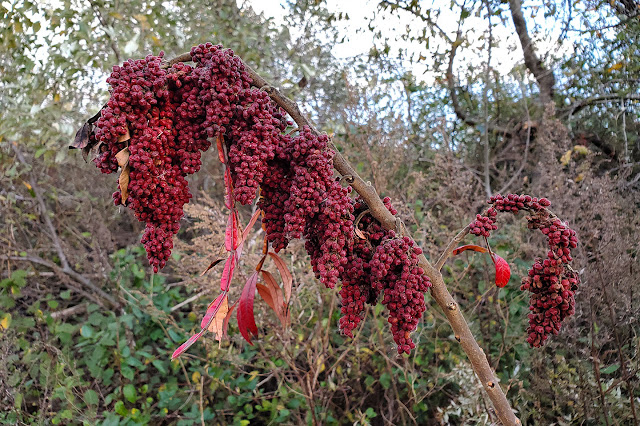Yahrzeit.
It is not a word we knew, growing up, although Yiddish did make its way into our domestic vocabulary - my parents had some close Jewish friends. But it is very helpful, now, and I would like to borrow it.
It is a year since my father died. November 23rd. For the last two weeks my heart has been skipping beats. Literally. I can only think that my body is reacting to this time, last year (yes, I will see a doctor, in case).
Henri Viljoen. There he is. I asked to take pictures of him one late summer day in Cape Town, still dressed for work. I took six pictures. He was 81.
When I showed him a black and white version of this one, that I had framed, he looked at it sadly, but he said nothing, and handed it back to me, and smiled at me. I know he thought that he and his dog, Ben, both looked old. What if we had known this would be the picture Vince and I used when composing the e-vite to my father's memorial in that awful week, one year ago? I would have had to explain to my dad what an e-vite was. He would have found it miraculous.
I made my father cry, once. I was in my early thirties. We had had an argument about relationships. He said that with my uncompromising attitudes about men I would never be happy, and he wanted me to be happy.
Jou maatstaf is te hoog, he said. Your measure is too high. And he wept, his head in his hands at the table on the patio.
When I brought the Frenchman home for the first time, just months after meeting him, the love of my life promptly fell in love with my father. It appeared to be mutual. This was unexpected. I had warned him that my father was judgemental, authoritarian. But Vince saw qualities in my dad that I had been raised to overlook. It is one of the best things that ever happened to me. Almost overnight, I saw my father through very different eyes.
In the last couple of years before his death, my father would come and sit near me in the study where I would be typing on my laptop after supper, when I visited. I would be there for weeks. He would be working - and later just trying to work, as dementia melted his mind - next door in the dining room. He'd walk in, on his way to bed, and be visibly startled to see me. He had forgotten I was home. You're here!
Jy's hier! he would say, beaming, and sit down. And then he would say,
Ek wens jy kon bly. I wish you could stay. And the next night it would be the same. And the next. You're here! I wish you could stay.
I miss him so much.
He didn't call or write inbetween visits, and we only exchanged a few words when I called my mother. But he would always answer the phone the same way when he knew it was me:
My liewe kind.
Hoe gáán dit met jou? My dear child. How are you? And I would say,
My liewe Vader. And then we would both laugh and laugh.
I never spoke at my father's memorial. I couldn't. I had way too much to say, and with the grief of that week, and those preceding years, I was stripped of filters. The world would have exploded.
I see him in myself. When I use the toothpaste to the very last squeeze. When I straighten out the tube after the Frenchman has squashed it in the middle. When I clean my bicycle carefully or fold my sweaters neatly. When I use just my breath to sing while I wash dishes or perform a chore. When I arrange things at right angles. When I hear contempt in my voice. When I take pleasure in a view, or a flower. When I lash out at a racist remark. When I forget why I walked into a room.
We lead privileged lives. My father said it again and again. He had money. But it was never a competition. He earned it, understood it, enjoyed it, and he gave a lot of it away. It exasperated him that I would not accept it. But that was the only way I could look him in the eye.
I am wearing my father's thickest, warm woollen socks. Their toes are darned. On my wrist is a tiny amount of his Penhaligon's Blenheim Bouquet. Last night the Frenchman and I drank to him after making sure the cork actually popped out of the bottle - no discreet pffft. My father liked bubbly to go out with a bang.
We had no unfinished business. I know he was proud of me. I know he loved me. I know I am lucky, that way.
But I want him back.






















































